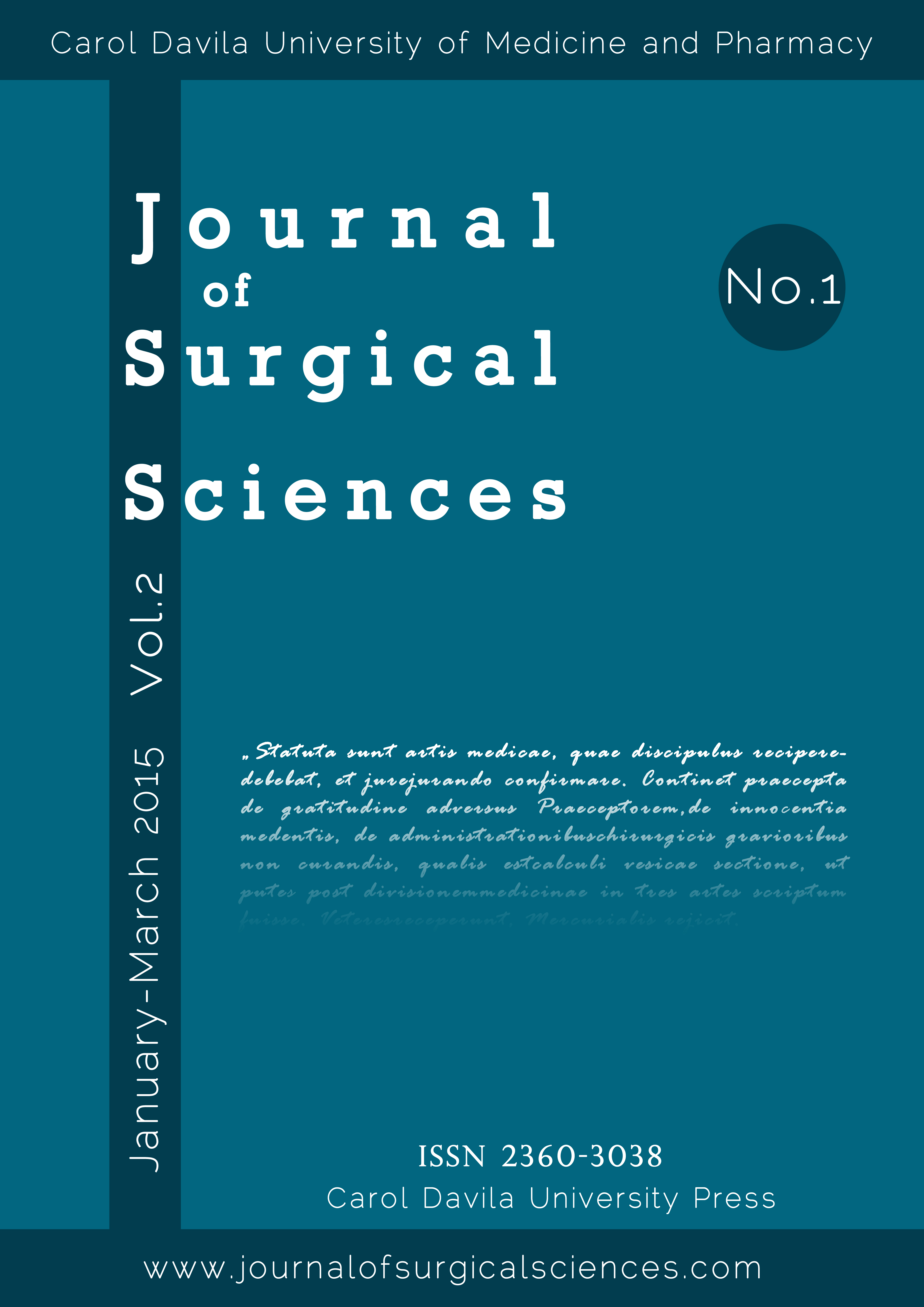DIAGNOSIS AND SURGICAL TREATMENT OF BILIARY-CYSTIC FISTULA CAUSED BY HEPATIC HYDATID CYST
CLINICAL CASE
Abstract
Echinococcosis is a severe parasitic disease which is caused mostly by three species of Echinococcus (E. Granulosus, E. Multilocularis, E. Oligartus). The hydatid cysts are created in 50-80% cases in the liver (right lobe) and less in the lungs in only 10-40% cases. Patients with this disease may develop severe complications, one of the most common being the biliary-cystic fistula. Our interest focuses on two major questions; 1) if it is possible to detect those communications pre-operatively, 2) if we can predict the occurrence of fistulae post-operatively. Based on the Kjossev and Lasanoff classification, we first of all evaluate the cyst according to its topography, natural history, recurrence and possible complications. We also examine the risk factors such as age, sex, type and duration of symptoms, and alternations of the liver function test. Taking these parameters into consideration and also the predictors for existent communications, we continue with some investigations for the evidence of diagnosis. Following the above procedure, the diagnosis of biliary-cystic fistula resulted, so we continued with further investigations for the detection of the fistula type (true or occult) and the flow rhythm. For the successful resolution we chose a surgical treatment which could be performed laparoscopically or as an open surgery procedure. As a conclusion, we notice that complications can be pre-operatively and intra-operatively detected. Unfortunately there is no specific surgical treatment for the biliary-cystic fistula and for this reason we follow the conduction of a good drainage of the biliary tree and the principles. Finally as a means of prevention and a possible future recurrence of the cyst, postoperative radiological tests are recommended.





